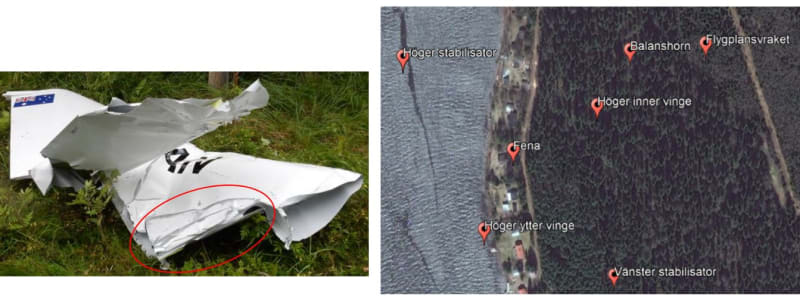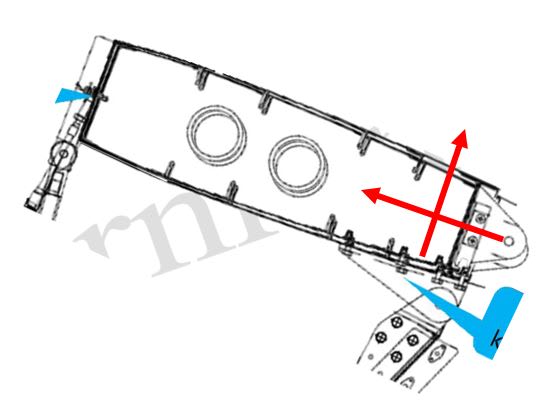Yes I know ..
But as I said earlier, SHK has already given recommendations on this and I have no objections against any of them.
The problem that the two older gentlemen have and the club is that they believe that SHK's conclusions are wrong.
They probably have different motives for this, I'm sure.
So we do not need to discuss the underlying motives for that again.
The older gentlemen believe that the accident was caused by the pilot fainting from lack of oxygen long before the plane made the left turn down.
They mean that there is no way the pilot shoulden't been able to handel the situation, clouds no clouds with the education he had if he been conscious, no matter how the plane was loaded etc.
They mean that the SHK has not clearly stated that this was the root cause and has not done there jobb when they have not come up with any recommendations for this.
The club says that the accident could not have happened because it was outside the CoG limits.
Because then this would have happened eight years ago.
They have flown with the same loading and probably worse than it was this day without problems.
From end report
Flight test
The type certificate holder has performed flight tests with a center of mass position at 1,703 mm, in other words close to the calculated mass center position at the door opening in the flight in question (1,694 mm).
The tests show that the stick force to increase the speed from a tuned position by 80 knots to 100 knots is only 0.2 daN.
Above 100 knots, the stability is divergent, which means that the speed increases without any forward pressure on the stick being required. No test of slowing down was performed.
I myself have seen a dozen movies from this plane where the CoG limits should have been even more outside the limits than is presented in this case.
It is my opinion that the club also believe that he fainted and that was the cause.
Although it is against my nature to make assumptions about things that cannot be proven should someone force me at gun point to choose between the two.
I would say that the reason for the accident was that he fainted.
The reason for this is, that if you look at it from a statistical point of view, skie diving aircrafts would fall down every single day in Sweden if CoG limits were the reason.
I have no idea how often it happens that pilots faints?
And it is also clear that it started to go wrong long before the plane turned / dived down to the left.
But there are two other things that may have affected the flight of the plane in addition to what is stated above.
My problem is still that some things around this, don´t feel sufficiently well investigated XOR possibly explained.
They have had two technical problems with the aircraft before the accident itself, if you do not include poorly welded items.
This is one of them.
Taken from the report.
Trim walk
According to information, a phenomenon has previously occurred in the aircraft with so-called trim walk.
At speeds around 120 knots, the trim wheel has started to rotate backwards by itself, which trims the front edge of the stabilizer down, with the effect that the aircraft's nose is raised.
During the technical examination, the jack screw was in the opposite position, with the leading edge of the stabilizer up, ie. in tuned position for the aircraft's nose down.
1.16 Special tests and examinations
The position of the screw was 90% towards the end position of the front edge of the stabilizer up, ie. for trimming the aircraft's nose down.
According to the type certificate holder, this position on the screw corresponds to a position on the stabilizer of 1.3 degrees leading edge up.
From type certificat
Nowhere in the final report is there any mention, that it was checked whether the plane at some point after reaching altitude had a speed of 120 knots?
I am not shore how mutch that would meen in km/h with wind correction and such?
And he wasn't fully trimmed out on the stabilizer.
Best regards A
“Logic will get you from A to Z; imagination will get you everywhere.“
Albert Einstein





